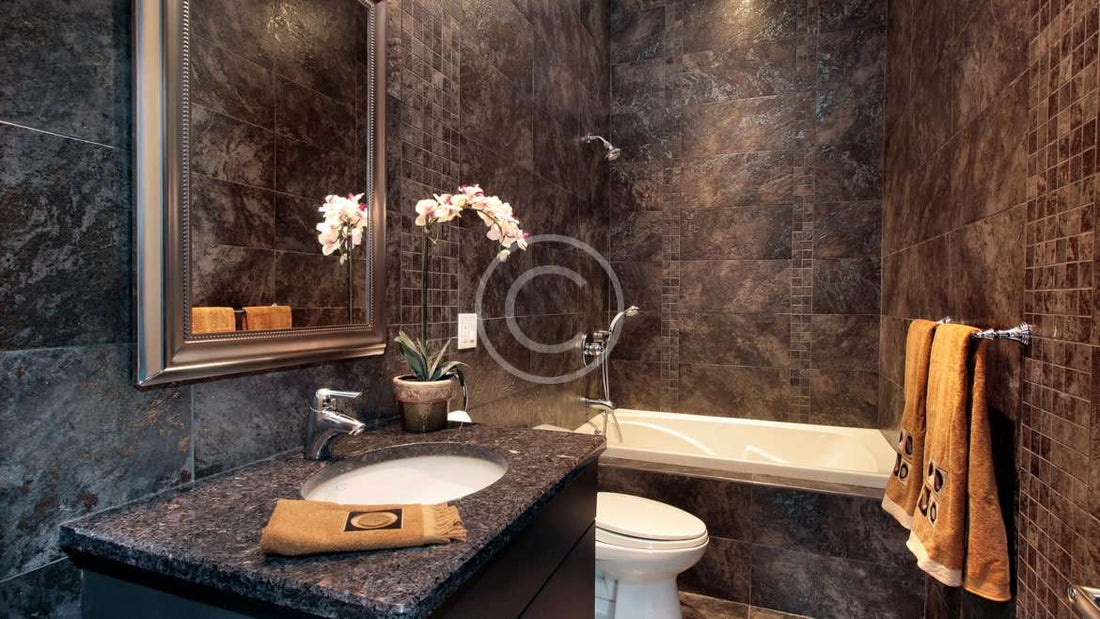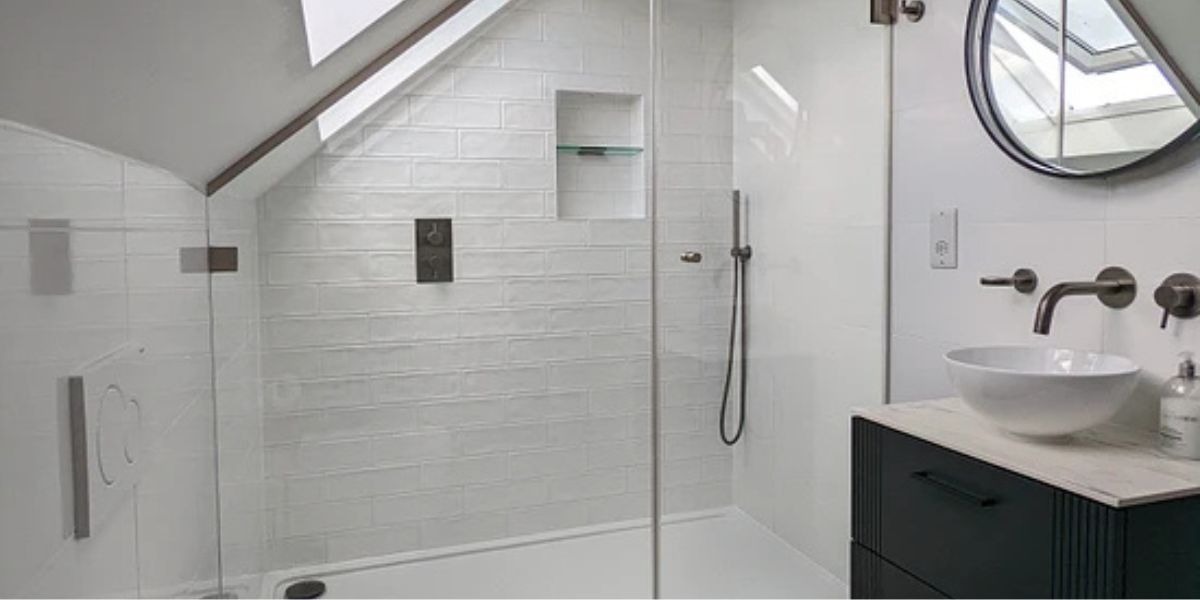
The future of water-saving toilet technology: Innovations and Impacts
Share
As our global community becomes increasingly aware of the urgent need for water conservation, the focus has turned to the humble toilet. The integration of cutting-edge technology into toilet design is paving the way for significant advancements in water-saving capabilities. This article delves into the future of water-saving toilet technology, exploring the innovations and impacts that are set to revolutionize how we manage water resources in our homes and communities.
In recent years, the concept of dual-flush toilets has gained traction, offering users the choice between a low-volume flush for liquid waste and a higher-volume flush for solid waste. These toilets are a cornerstone of water-saving solutions, reducing water usage by up to 67% compared to traditional models. But as we look to the future, what other innovations are on the horizon?

The Evolution of Toilet Technology
Toilets have come a long way from the simple, gravity-fed systems of the past. Today's technological advancements are not only about reducing water usage but also enhancing the overall user experience. Smart toilets equipped with sensors, automated flushing systems, and even artificial intelligence are becoming more common. These features ensure optimal water usage while maintaining hygiene and convenience.
Sensor-Based Flushing Systems
The advent of sensor-based flushing systems is a game-changer in the realm of water-saving toilet technology. These systems use infrared sensors to detect when a user has left the toilet, automatically triggering a flush. This not only minimizes water wastage but also improves hygiene by reducing the need for manual interaction.
Furthermore, some advanced models are equipped with eco-friendly settings that adjust the volume of water used based on the type of waste, ensuring that only the necessary amount of water is used for each flush. This intelligent approach to water management is a testament to the future-forward thinking that is driving the industry.
Composting Toilets: A Sustainable Alternative
Another exciting development in the field of water-saving technologies is the rise of composting toilets. These toilets utilize natural processes to break down waste, eliminating the need for water entirely. By converting waste into compost, these systems not only conserve water but also contribute to sustainable waste management practices.
For those interested in eco-friendly bathroom solutions, composting toilets offer a viable option. They are particularly useful in areas with limited water supply or in off-grid settings where traditional plumbing may not be feasible.
Innovations on the Horizon
As we look to the future, the potential for further innovation in water-saving toilet technology is immense. Researchers and engineers are exploring a range of possibilities, from toilets that recycle water for reuse to those that harness renewable energy sources to power their operations. These advancements promise to reshape the landscape of household water management.
Water Recycling Systems
One of the most promising areas of development is the integration of water recycling systems into toilet design. These systems capture and treat greywater from showers and sinks, repurposing it for toilet flushing. This closed-loop approach to water management can dramatically reduce household water consumption, particularly in regions where water scarcity is a pressing concern.
Smart Toilets with AI Integration
Another exciting prospect is the incorporation of artificial intelligence into smart toilet systems. AI can optimize flushing patterns, predict maintenance needs, and even customize user settings for maximum efficiency and convenience. This level of personalization and intelligence is poised to revolutionize bathroom experiences, making them more sustainable and user-friendly.
Challenges and Considerations
While the future of water-saving toilet technology is bright, there are challenges that must be addressed. One of the primary concerns is the cost associated with implementing these advanced systems. Although prices are expected to decrease as technology becomes more widespread, initial investments can be prohibitive for some consumers.
Additionally, there are logistical considerations related to infrastructure and maintenance. As the technology evolves, ensuring that plumbing systems can accommodate these innovations is crucial. Ongoing education and support for users will also be essential to maximize the benefits of these technologies.
Conclusion
The future of water-saving toilet technology is an exciting frontier in the quest for sustainable living. As innovations continue to emerge, the potential for significant water conservation and user benefits is immense. By embracing these technologies, we can make meaningful strides towards preserving our most precious resource and creating a more sustainable future.
For more insights into water-saving solutions, consider exploring toilet water usage reduction hacks and other eco-friendly bathroom habits to further enhance your conservation efforts.

FAQs
What are the benefits of water-saving toilets?
Water-saving toilets significantly reduce water consumption, leading to lower utility bills and a smaller environmental footprint. They also contribute to sustainable water management practices.
How do smart toilets contribute to water conservation?
Smart toilets use sensors and AI to optimize water usage, reducing wastage by ensuring that only the necessary amount of water is used for each flush. They also offer features like automated flushing and water recycling systems.
Are composting toilets a practical alternative?
Composting toilets are a practical alternative, especially in areas with limited water supply or off-grid locations. They eliminate the need for water altogether and convert waste into usable compost.
This article contains affiliate links. We may earn a commission at no extra cost to you.
